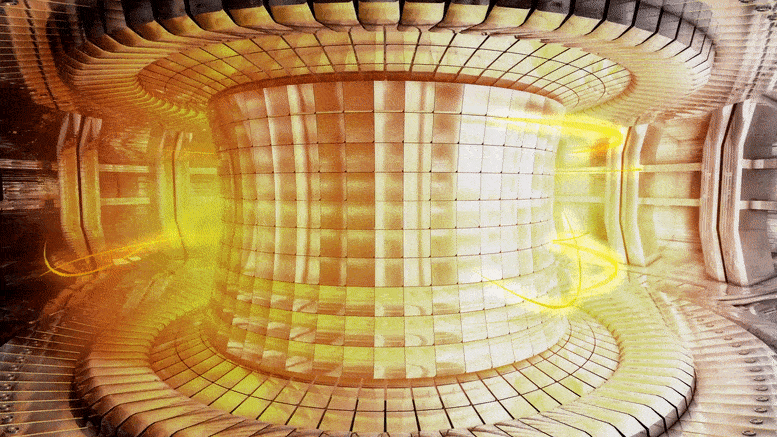Fusion reactor technologies are well-positioned to contribute to our future power needs in a safe and sustainable manner. Numerical models can provide researchers with information on the behavior of the fusion plasma, as well as valuable insight on the effectiveness of reactor design and operation. However, to model the large number of plasma interactions requires a number of specialized models that are not fast enough to provide data on reactor design and operation.
Aaron Ho from the Science and Technology of Nuclear Fusion group in the department of Applied Physics at Eindhoven University of Technology has explored the use of machine learning approaches to speed up the numerical simulation of core plasma turbulent transport. Ho defended his thesis on March 17th.
The ultimate goal of research on fusion reactors is to achieve a net power gain in an economically viable manner. To reach this goal, large intricate devices have been constructed, but as these devices become more complex, it becomes increasingly important to adopt a predict-first approach regarding its operation. This reduces operational inefficiencies and protects the device from severe damage.
